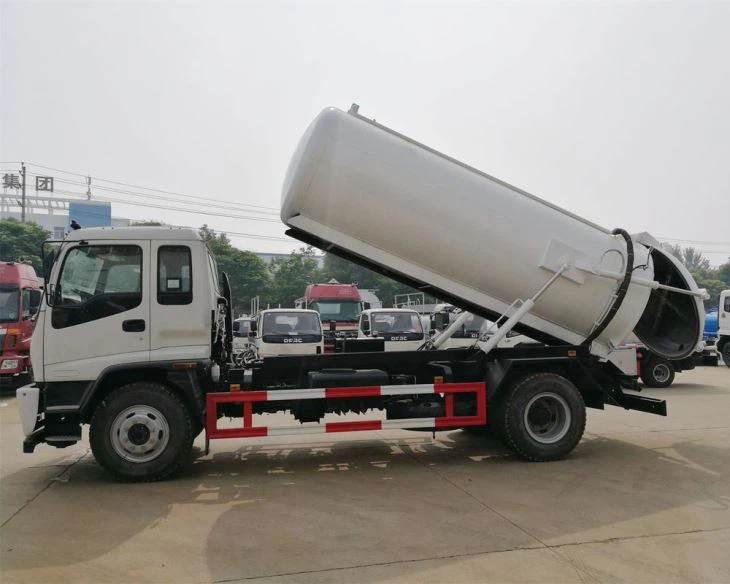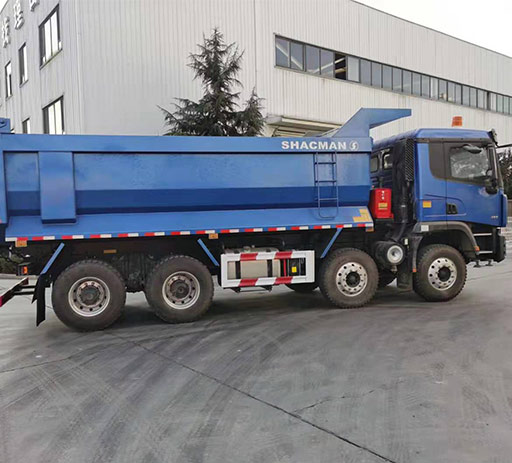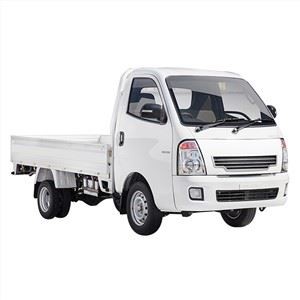Understanding Johnny Dumper: The Ultimate Guide

Johnny Dumper has emerged as a recognizable name in various industries, primarily associated with innovative technology in transportation and logistics. This comprehensive article delves into the multifaceted world of Johnny Dumper, exploring its origins, functionalities, applications, and much more. Whether you are a novice curious about this term or a professional seeking in-depth insights, this article addresses everything you need to know.
What is Johnny Dumper?
At its core, Johnny Dumper refers to a type of vehicle or equipment, primarily used for the efficient transport of goods and materials. It is part of a broader category that includes dump trucks, trailers, and other heavy-duty equipment designed for unloading bulk materials. Its primary role is to streamline construction, mining, and waste management operations.
History of the Johnny Dumper
Origins and Development
The early iterations of dumping vehicles can be traced back to the late 19th century. However, the modern Johnny Dumper as we know it began gaining traction in the mid-20th century. Key milestones include:
- 1950s: Introduction of hydraulic systems for easier dumping.
- 1970s: Integration of more robust materials making dumpers more durable.
- 2000s: Introduction of eco-friendly models and advanced technology.
Key Features of Johnny Dumper

1. Hydraulic Lifting Mechanism
Most Johnny Dumpers incorporate hydraulic systems that allow for easy loading and unloading of materials. This capability significantly reduces labor costs and time.
2. Customizable Sizes and Capacities
Available in various sizes, the Johnny Dumper can handle different volumes, from small beauty gardens to large-scale construction sites. Capacity typically ranges from 1 to 20 tons.

3. Built-in Safety Systems
Modern dumper vehicles feature several safety enhancements, such as automatic braking systems and backup alarms to ensure safe operations.
4. Versatility in Applications
Johnny Dumpers are not simply confined to construction sites. They are utilized across various industries including:
- Agriculture: Transporting fertilizers and produce.
- Mining: Moving minerals and other extracted materials.
- Waste Management: Collecting and transporting refuse.
Types of Johnny Dumpers
1. Standard Dump Trucks
These are the most common type, featuring a simple open box that can be raised from the back end. Ideal for construction sites.
2. Side Dump Trucks
They allow for dumping materials on either side, enhancing versatility in tight spaces.
3. Transfer Dump Trucks
A hybrid model that enables the transport of bulk materials alongside other types of dumpers for increased efficiency.
4. End Dump Trucks
Designed to discharge loads from the rear, these trucks are useful for aggregate transportation.
Benefits of Using Johnny Dumper
1. Efficiency in Loading and Unloading
The hydraulic system of Johnny Dumper drastically reduces the time taken to load and unload materials, enhancing productivity.
2. Reduction in Labor Costs

With advanced systems and technology in place, fewer personnel are needed for operations, resulting in significant savings.
3. Durability and Longevity
Built to withstand tough environments, Johnny Dumpers typically have a longer lifespan, translating into better ROI for businesses.
4. Environmentally Friendly Options
With the rise of eco-friendly models, many Johnny Dumpers contribute to reduced carbon footprints in operations, appealing to environmentally-conscious companies.
How to Choose the Right Johnny Dumper
Assess Your Needs
Determine what type of materials you will be transporting and the required capacity based on your project’s demands.
Consider the Terrain
Evaluate the locations where the dumper will be used as some models perform better on rough terrains than others.
Budgeting
Establish your budget for purchasing or renting a Johnny Dumper. Keep in mind both initial costs and maintenance expenses.
Evaluate Manufacturer Reputation
Research manufacturers for quality assurance and customer service. Well-regarded brands often offer warranties and support.
Maintenance Tips for Johnny Dumper
Regular Inspections
Conduct routine checks for mechanical issues, particularly focusing on the hydraulic systems and brakes.
Cleansing After Use
Dust and debris can accumulate, leading to malfunctions. Clean your dumper after each use to maintain its longevity.
Check Fluid Levels
Regularly check and replace hydraulic and oil fluids to ensure optimal performance.
Tire Maintenance
Inspect tires for wear and maintain proper inflation levels to enhance fuel efficiency and safety.
Real-World Applications
Construction Projects
Johnny Dumpers streamline earthmoving processes in construction sites, making the transportation of raw materials efficient.
Agricultural Use
Farmers use dumpers to transport fertilizers and collected crops, facilitating acceleration in agricultural operations.
Mining Operations
Mines benefit from the capability of dumpers to transport heavy mineral loads from site to processing points.
Waste Collection Services
Johnny Dumpers serve in the waste management sector by effectively collecting and transporting waste materials.
Frequently Asked Questions (FAQ)
1. What is the average cost of a Johnny Dumper?
The price varies widely depending on the model and specifications, generally ranging from $20,000 to $150,000.
2. How often should I service my Johnny Dumper?
Regular servicing is advised every 6 months or according to the manufacturer’s guidelines, particularly for heavy usage.
3. Can I rent a Johnny Dumper?
Yes, many equipment rental companies provide Johnny Dumpers for short-term projects, which can be a cost-effective option.
4. Are there electric or hybrid Johnny Dumpers available?
Yes, the market is seeing an increase in eco-friendly models, including electric and hybrid dumper options.
5. What is the typical lifespan of a Johnny Dumper?
With proper maintenance, a Johnny Dumper can last 15 to 20 years or longer, depending on usage and care.
6. How can I improve the performance of my Johnny Dumper?
Regular maintenance, optimal loading practices, and careful operation can enhance overall performance.
